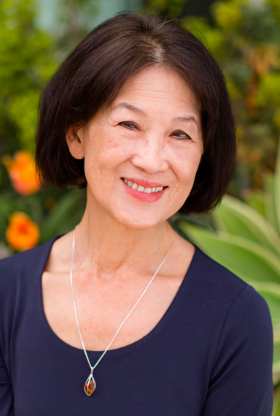When Google founders Larry Page and Sergey Brin spoke to my colleagues at Stanford’s technology licensing office in the late 1990s, other search engines already existed.
But Page and Brin, who were graduate students at the time, believed the page-rank algorithm they had developed at Stanford was superior, even though no other entrepreneurs saw its potential. So they decided to launch a start-up. The Stanford licensing office saw merit in their idea and licensed the algorithm – which was owned by the University – back to the entrepreneurs. The rest is history.
It’s unlikely Google would have become the world’s most popular search engine without the sorts of patent protections provided by the Bayh-Dole Act, a little-known law passed in 1980. In fact, over the past 40 years, Bayh-Dole has given rise to some of our nation’s most revolutionary innovations.
Universities are the birthplace of this innovation. But prior to Bayh-Dole, just a small fraction of government-funded university research initiatives ever saw the light of day. That’s because the federal government retained patents that resulted from this research – and did a poor job of licensing the patents to private firms that could turn academic discoveries into real-world products. In fact, fewer than 5 percent of all federally-funded research patents were licensed commercially.
That was bad for everyday Americans, who weren’t seeing many tangible products result from the research programs funded by their tax dollars. In December 1980, the Bayh-Dole Act broke this logjam by empowering many universities, to maintain ownership of their patented inventions and commercially license them.
That enabled institutions to create a system for academics to license their discoveries. And it enabled businesses to raise the capital for follow-on research that turned discoveries into real-life products.
Bayh-Dole has yielded significant benefits for the broader U.S. economy. From 1996 to 2017, academic technology transfers generated up to $1.7 trillion in U.S. gross industrial output, according to AUTM, a non-profit that supports academic research. The law has supported nearly 6 million jobs and helped launch more than 13,000 start-ups. And it has spurred the development of over 200 new medicines.
Critics of Bayh-Dole claim that federal funding drives much of America’s innovation, and that private companies reap the rewards while taking minimal risks. But that’s not true. Tech transfer is still enormously risky. Even with Bayh-Dole, it’s still quite difficult to commercialize many academic innovations.
As the law approaches its 40th anniversary, it’s time for consumers and policymakers alike to recognize Bayh-Dole as the driving force behind so many of our most ingenious inventions. We need to protect Bayh-Dole now more than ever to foster even greater innovations in the future
Katharine Ku, the chief licensing advisor in the Palo Alto office of Wilson Sonsini Goodrich & Rosati, served as the executive director of Stanford University’s Office of Technology Licensing for 27 years. This piece originally ran at The Mercury News


You must be logged in to post a comment Login